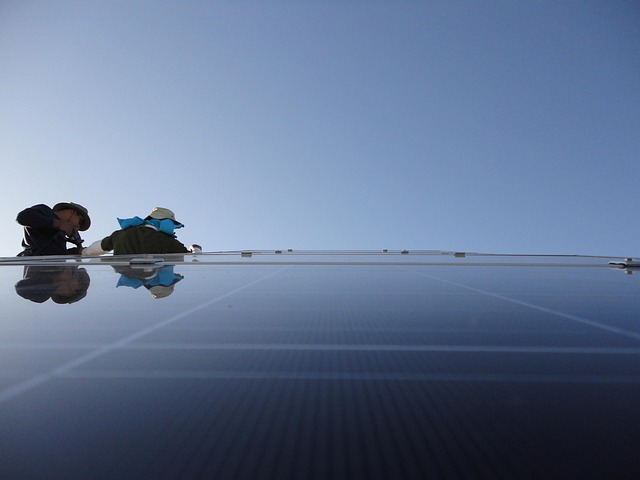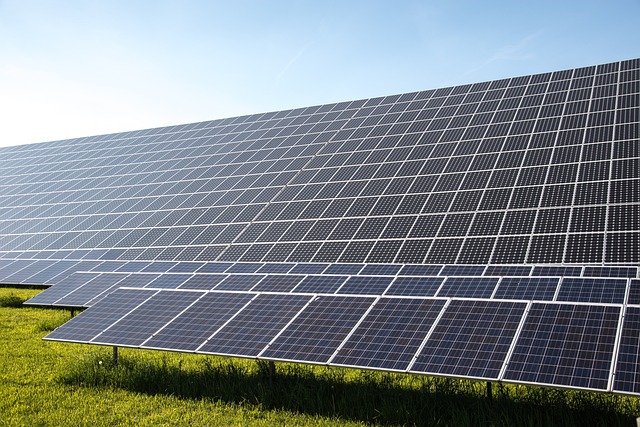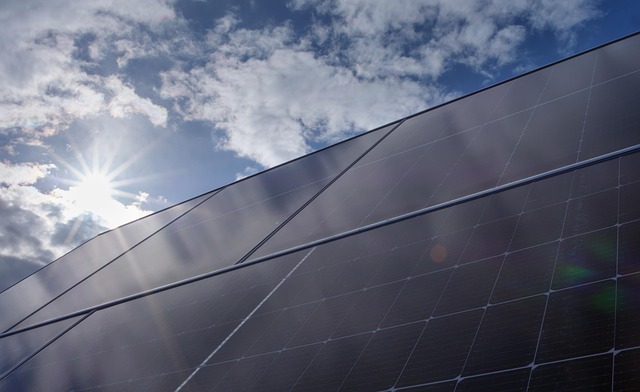
The A-Z Guide to Solar Energy for Beginners
Solar energy has gained immense popularity over the years as a renewable energy source, thanks to its potential to reduce reliance on fossil fuels and lower electricity bills. This comprehensive guide is crafted to help beginners understand the basics of solar energy, its technology, benefits, applications, and the steps involved in harnessing it. Whether you’re thinking about installing solar panels for your home or simply want to learn more about solar energy, this guide will provide valuable insights.
Understanding Solar Energy
At its most basic level, solar energy refers to the energy obtained from sunlight. It is the most abundant source of energy on Earth and is harnessed through various technologies, primarily solar photovoltaic (PV) systems and solar thermal systems. By converting sunlight into usable electrical energy, solar power offers an eco-friendly alternative to fossil fuels.
The Principles of Solar Power Generation
Solar energy is primarily harnessed through two methods: photovoltaic systems and solar thermal systems. Each method has its unique applications, efficiencies, and technologies associated with it.
Photovoltaic (PV) Systems
Photovoltaic systems convert sunlight directly into electricity using semiconductor materials that exhibit the photovoltaic effect. The basic components of a PV system include solar panels, an inverter, a mounting structure, and balance-of-system components such as wiring and electrical equipment.
When sunlight hits the solar panels, electrons are knocked loose from the atoms in the semiconductor material, leading to the generation of direct current (DC) electricity. This DC electricity is transformed into alternating current (AC) electricity by the inverter, making it usable for homes and businesses.
Solar Thermal Systems
Solar thermal systems use sunlight to heat a fluid, which can then be used for space heating, hot water, or even electricity generation in concentrated solar power (CSP) plants. In solar thermal systems, sunlight is typically concentrated using mirrors or lenses to collect heat and transfer it to a working fluid, which can be water or a specialized heat transfer fluid.
This thermal energy can be stored for later use or directly applied to heating applications, making solar thermal systems particularly effective in residential and industrial settings where hot water is needed.
Benefits of Solar Energy
The advantages of solar energy are numerous, making it an increasingly attractive option for both individuals and businesses. Here are some key benefits:
Environmental Impact
Solar energy is a clean, renewable source of power that significantly reduces greenhouse gas emissions and pollution associated with fossil fuels. By harnessing the sun’s energy, we can minimize our carbon footprint and contribute to combating climate change.
Cost Savings
One of the most compelling reasons to consider solar energy is the potential for significant cost savings on electricity bills. By generating your own electricity, you can reduce or even eliminate your utility bills, leading to long-term financial benefits. Additionally, many governments offer tax incentives, rebates, and incentives to encourage solar installation.
Energy Independence
By investing in solar energy, individuals and businesses can become less reliant on traditional power sources. This independence from the grid can be particularly beneficial in areas prone to power outages or for those who want to reduce their dependence on imported fossil fuels.
Low Maintenance Costs
Solar energy systems generally require minimal maintenance once installed. Most solar panels come with warranties lasting 20-25 years, and their operating costs are relatively low. Regular cleaning and periodic inspections are usually all that is required to maintain optimal performance.
Applications of Solar Energy
Solar energy can be utilized in a variety of applications, ranging from residential use to commercial enterprises and even large-scale utility projects. Here are some notable applications:
Residential Solar Power
Homeowners can install solar panels on rooftops or in yards to offset their electricity consumption. With net metering arrangements, homeowners can send excess energy back to the grid, further enhancing their cost savings.
Solar Water Heating
Solar thermal systems can be used to heat water for domestic use, such as in showers or swimming pools. These systems are efficient and can reduce the need for gas or electric water heating.
Commercial Solar Solutions
Businesses are increasingly investing in solar energy to lower operational costs and improve sustainability practices. Commercial solar installations can provide substantial electricity savings and may enhance a company’s public image.
Utility-Scale Solar Power
Utility-scale solar farms generate large amounts of electricity that can be fed into the grid. These projects often utilize large areas of land and can involve complex setups such as tracking systems that follow the sun to maximize energy capture.
Getting Started with Solar Energy
For those interested in harnessing solar energy, there are a few key steps to take. Understanding these steps can help you make informed decisions throughout your solar journey.
Assessing Your Energy Needs
Begin by evaluating your current energy consumption. Look at your monthly utility bills to determine how much electricity you use on average. This information will be crucial in sizing your solar energy system effectively.
Evaluating Your Location
The efficiency of a solar energy system can be affected by geographical location, weather patterns, and roof orientation. Understanding how much sunlight your location receives will help in selecting the right solar technology and estimating potential energy generation.
Connect with Solar Providers
Research local solar energy companies and gather quotes. It’s crucial to work with reputable providers who can offer reliable products and services. Look for customer reviews and ask for references to ensure their credibility.
Understanding Financing Options
Solar energy systems can be a significant investment upfront, but various financing options are available to help ease the burden. Consider solar leases, power purchase agreements (PPAs), and solar loans as potential financing avenues to make solar energy more accessible.
Installation Process
Once you’ve selected a provider and determined your financing, the installation process can begin. Solar panel installations typically take a few days to complete and involve securing permits, conducting site assessments, and finally, the actual installation of the panels and other equipment.
Challenges and Considerations
While the benefits of solar energy are substantial, there are challenges and considerations that potential users should be aware of. Understanding these can help you make a more informed decision about adopting solar energy.
Initial Costs
The upfront cost of solar energy systems can be substantial. Despite long-term savings, the initial investment may deter some homeowners. However, various financing options, incentives, and rebates can mitigate these costs.
Intermittent Energy Generation
Solar energy generation depends on sunlight availability, meaning energy production can fluctuate due to weather conditions or time of day. To address this, many solar systems integrate battery storage solutions to store excess energy for use during cloudy days or nighttime.
Space Requirements
Not every home or building is suitable for solar panel installation. The amount of available roof space, orientation, shading from trees or nearby buildings, and local regulations can restrict solar potential. A professional solar assessment can provide clarity on these issues.
Conclusion
Solar energy presents an exciting opportunity to harness the power of the sun, benefiting not just individuals and businesses but also the environment. As technology advances and installations become more widespread, we can expect solar energy to play an increasingly vital role in our energy landscape. By understanding the fundamentals of solar energy, assessing your needs, and addressing challenges, you can make informed decisions on how to harness this incredible resource for a more sustainable future.



